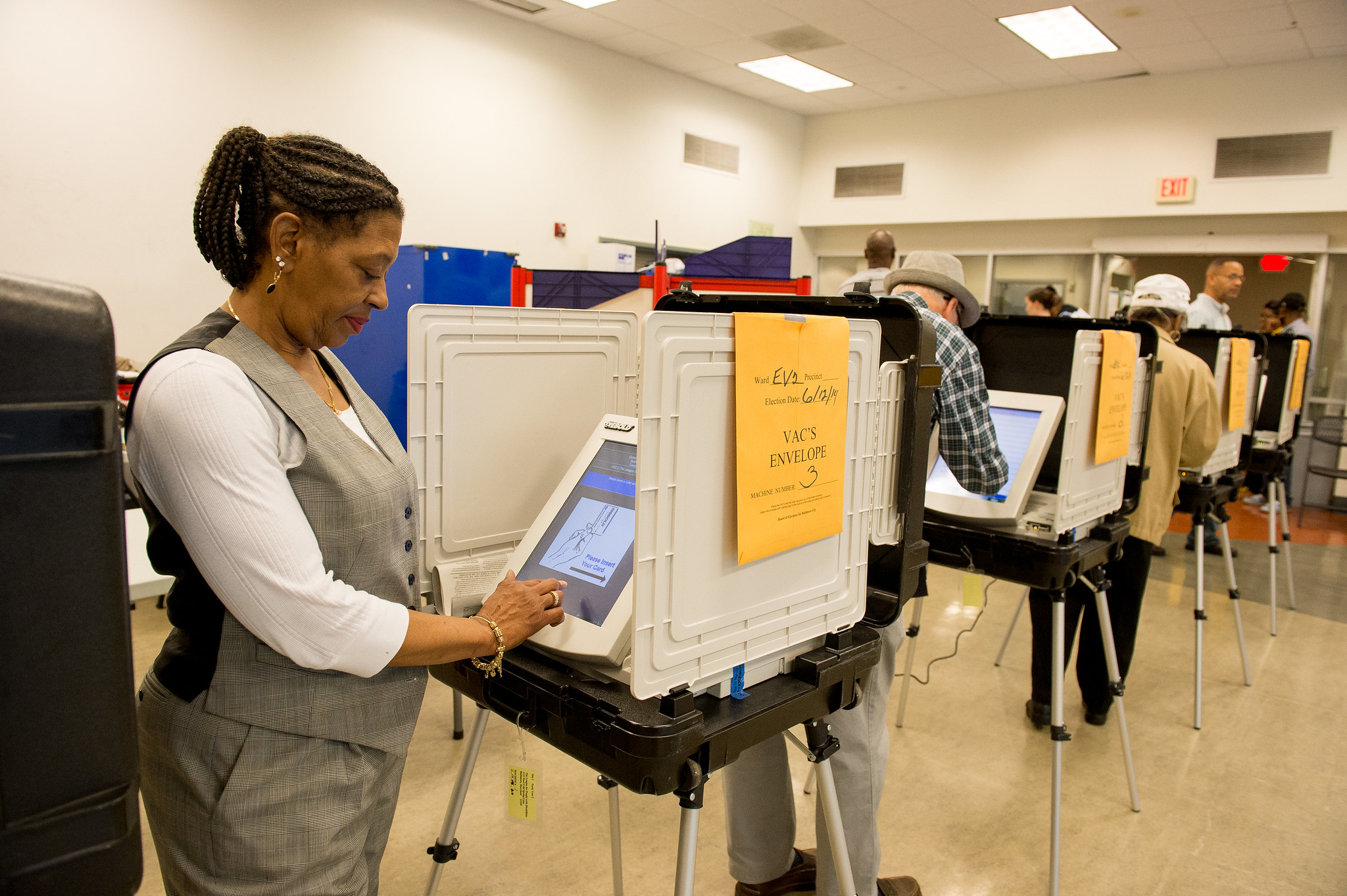Why is the gender gap so persistently stalled at annual median earnings for women of about 20 percent below men’s? It has been 53 years since the Equal Pay Act was passed by the US Congress in 1963, yet women still don’t get equal pay for equal work. Claire Cain Miller of the New York Times reports on several new studies that reveal a core reason for the pay gap—work is valued less when women do it. Miller notes that a number of factors once thought to explain the gender wage gap are no longer true, yet the gap remains. For example:
- Women now have more education than men.
- Women have nearly the same amount of work experience as men.
- Women are equally likely to pursue many high-paying careers.
One of the new studies, coauthored by Paula England of New York University, was conducted using US census data from 1950 to 2000. This research tracked the movement of women in large numbers into previously male-dominated occupations. When the occupation switched from being male dominated to female dominated, the pay declined for the very same jobs men were doing before, even when accounting for education, work experience, skills, race, and geography. For example:
- When women became designers in large numbers, wages fell 34 percent.
- When women became biologists, wages dropped 18 percent.
- When women became housekeepers, waged declined 21 percent.
The reverse was true when an occupation, such as computer programming, attracted more men and switched to being male dominated.
Another of the new studies, conducted by Claudia Goldin at Harvard University, shows that women and men are paid differently, even when they do the same job. For example:
- Female physicians earn 71 percent of what male physicians earn.
- Female lawyers earn 82 percent of what their male colleagues earn.
In other words, whether women have become the majority in an occupation previously dominated by men or are doing the exact same work as their male colleagues, these studies show that the work is valued less when women are doing it. We also know that there are significant differences by race—women of color are paid less than white women in the same occupations.
What Can Help?
I have shared several possible strategies for closing the gender wage gap in
previous posts. In addition, some innovative policies and tools are being introduced at the state level. Shirley Leung of the
Boston Globe reports on one exciting new tool introduced by Massachusetts state treasurer Deb Goldberg—an
online salary calculator where you can look up the wage gap by sector. The calculator also allows you to send an anonymous e-mail to your employer, encouraging the recipient to download an “Employer Tool Kit” that explains how to close the gender wage gap.
The data behind the calculator comes from the US Census, and the wage categories are large. The city of Boston is in the process of collecting actual wage data from city employers, on a voluntary basis, but that data is not yet available.
Leung notes that there is power in numbers. Many employers do not report or analyze their wage data by race and gender and do not realize that pay discrepancies may exist. In addition to sending an anonymous e-mail to our employers, urging them to take steps to identify and remedy pay discrepancies in the organization, another step we can take is to elect women to state and federal offices. The record shows that women in government—like state treasurer Deb Goldberg and the US congresswomen who keep unsuccessfully introducing the Paycheck Fairness Act to remedy problems in the 1963 legislation—are committed to closing the gap. It will take action from all of us to close the gender wage gap.
Photo credit: Víctor Santa María from Buenos Aires, Argentina – Suterh Solidario – Víctor Santa María, CC BY 2.0,
https://commons.wikimedia.org/w/index.php?curid=23362803]]>
 Donna Brazile writes in Ms. magazine that in the elections of 2008 and 2012, the group that turned out to vote in the highest numbers was black women. In 2012, 60 percent of 18- to 29-year-old-black women voted, and 76 percent of all black women were registered to vote. A recent Pew study found that in 2012, the voter turnout in the United States was low—53.6 percent of the estimated voting-age population. Only 65 percent of the US voting-age population even bothered to register to vote.
Brazile cites “The Power of the Sister Vote” poll from Essence magazine, which indicates that the turnout will again be strong for black women in 2016, “driven by a hunger to institutionalize their gains” in:
Donna Brazile writes in Ms. magazine that in the elections of 2008 and 2012, the group that turned out to vote in the highest numbers was black women. In 2012, 60 percent of 18- to 29-year-old-black women voted, and 76 percent of all black women were registered to vote. A recent Pew study found that in 2012, the voter turnout in the United States was low—53.6 percent of the estimated voting-age population. Only 65 percent of the US voting-age population even bothered to register to vote.
Brazile cites “The Power of the Sister Vote” poll from Essence magazine, which indicates that the turnout will again be strong for black women in 2016, “driven by a hunger to institutionalize their gains” in:
 New research from the University of Massachusetts Boston on workers in Massachusetts finds that while a gender wage gap exists across all occupations for women, the gap becomes a chasm for Hispanic women, especially for low-wage workers. Here are some facts from the research:
New research from the University of Massachusetts Boston on workers in Massachusetts finds that while a gender wage gap exists across all occupations for women, the gap becomes a chasm for Hispanic women, especially for low-wage workers. Here are some facts from the research: